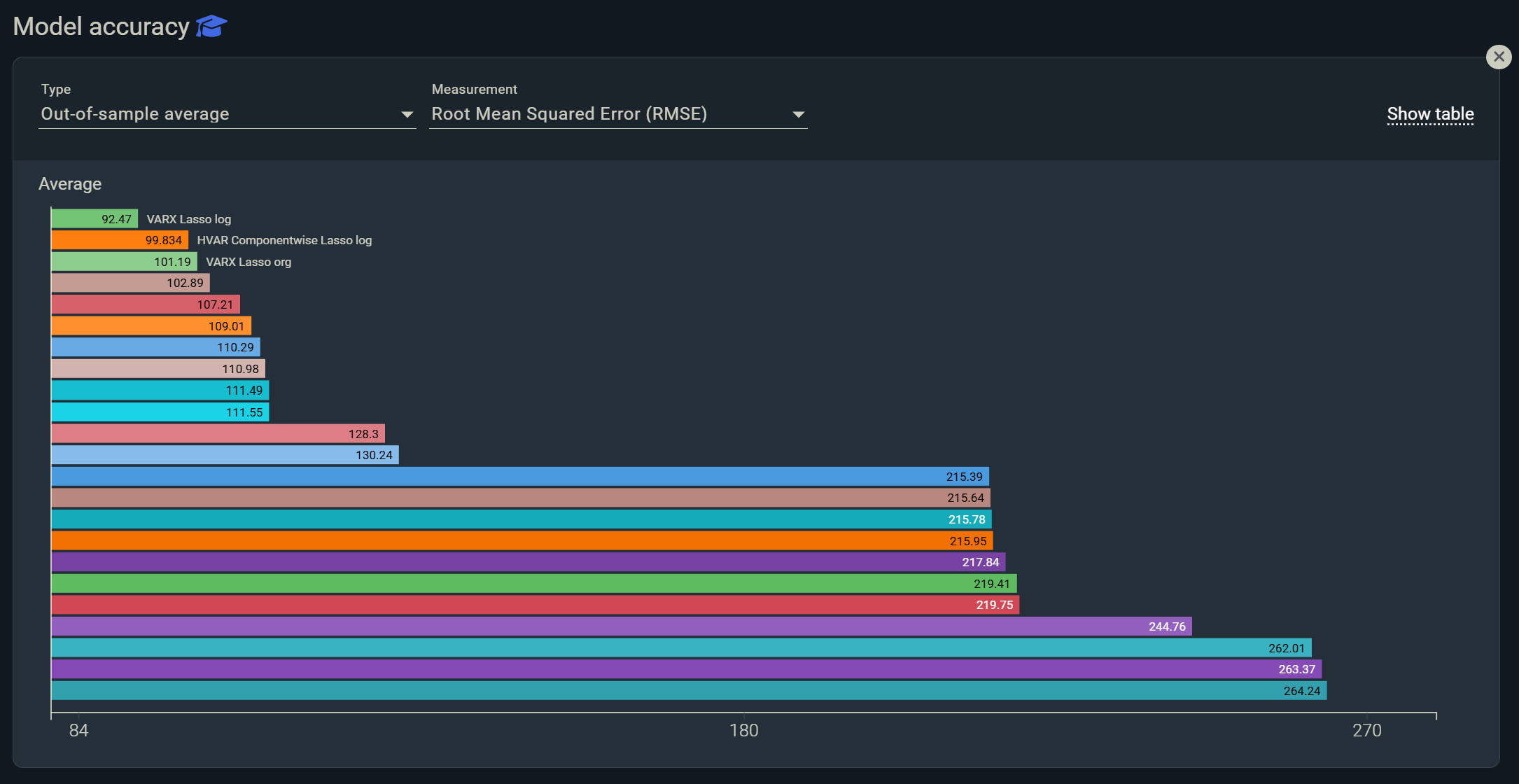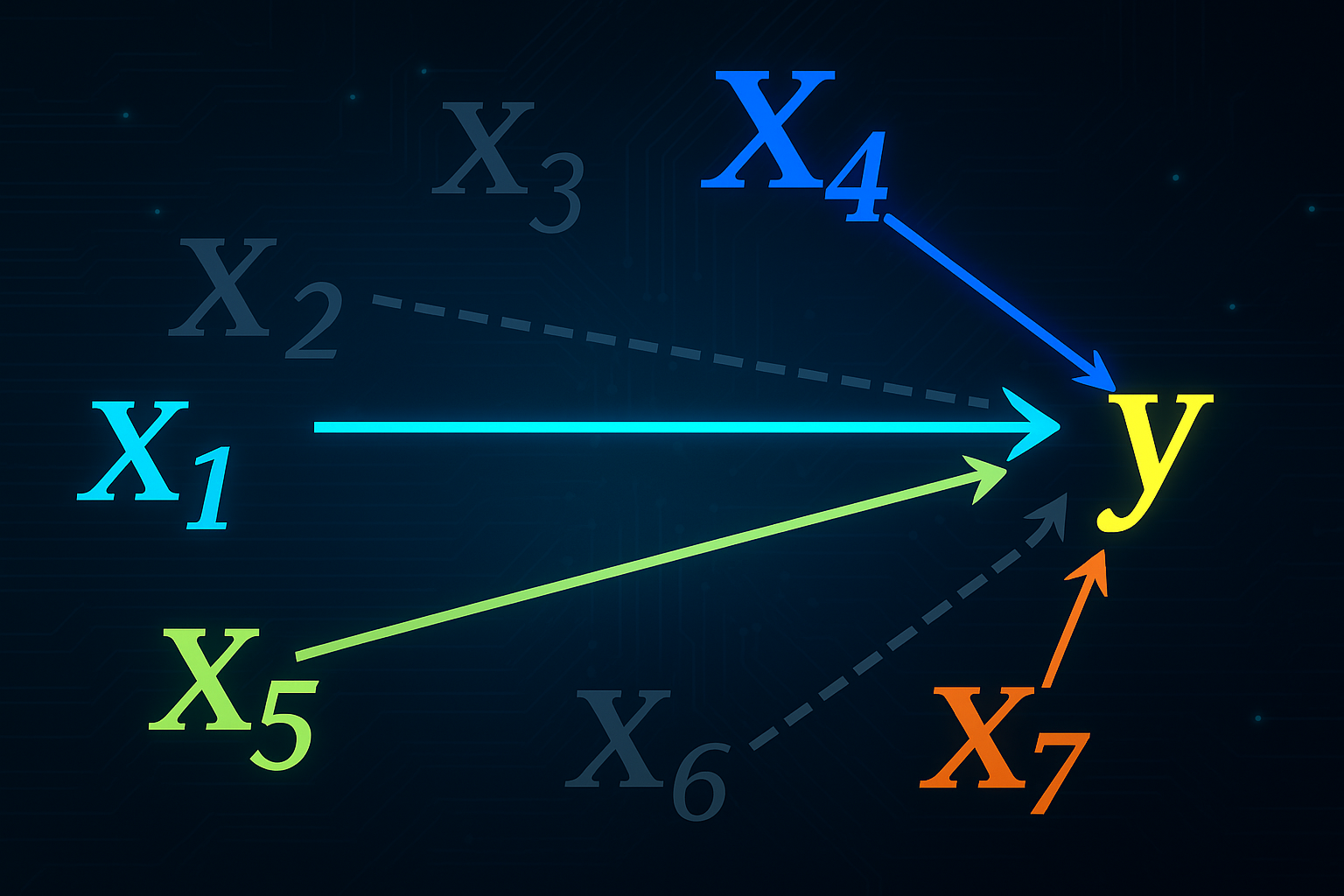Modern AI platforms are impressive for general predictive tasks, but when your goal is high accuracy in time series forecasting with limited history, they frequently underdeliver. Decades of evidence shows that classical, purpose-built forecasting methods often beat generic machine learning when you have short time series, complex seasonality, outliers, changing volatility, or time-varying parameters. This is not opinion, it is documented in the major forecasting competitions and textbooks that practitioners rely on, including the M-competitions and Forecasting: Principles and Practice. The core message is simple, if your intent is accurate forecasts, especially with monthly or quarterly data, invest in specialized forecasting capability, not a generic AI platform.
What follows synthesizes findings from empirical studies and practice-proven references such as the M4 and M5 competitions, Hyndman and Athanasopoulos, and peer-reviewed research on robust, seasonal, and time-varying models.
The small-n reality of business forecasting
Most planning series in finance, supply chain, and workforce management are not long. Monthly data over 5 to 10 years gives you 60 to 120 observations, quarterly data over the same horizon gives you 20 to 40 observations. Hyndman and Athanasopoulos emphasize that method choice must follow the patterns in the data and the evaluation regime must respect time order, typically via time series cross-validation, not random shuffles (time series cross-validation overview). In this small-sample setting, classical seasonal methods, state space models, and penalized regression variants are designed to work effectively.
Why generic ML platforms struggle with forecasting
Generic machine learning platforms usually address forecasting by converting the series into a tabular problem and adding lagged features. Even tutorials describing tree-based or neural methods for time series state that feature engineering typically starts by creating lagged values and rolling statistics (example discussion). That approach can work with abundant data, but it often underperforms when the series is short because model complexity outstrips information content, leading to high variance. Regularization helps, which is exactly why penalized regressions are strong baselines in small samples (short primer).
How complex ML models work, and why it demands data
Modern ML can represent very rich, nonlinear structure. The trade off is sample hunger. Below are concrete examples of what each family can capture, and why forecasting accuracy typically requires thousands of observations or many related series.
- Feedforward neural networks learn high order nonlinear interactions through stacked affine transformations and activations, enabling universal function approximation (Deep Learning textbook). This capacity is powerful for capturing thresholds, saturations, and cross effects between exogenous drivers, but parameter counts grow quickly with width and depth. With only 60 to 120 monthly observations, the parameter to observation ratio is unfavorable, which heightens overfitting risk unless you have large cross sectional panels or heavy regularization.
- LSTM and other recurrent networks are designed to capture long range temporal dependencies, regime changes, and nonlinear state evolution via gating mechanisms (original LSTM paper). In practice, stateful sequence models excel when trained on thousands of long sequences or on large panels of related series where the network can share information across items, as in retail demand. Industry grade architectures like DeepAR explicitly rely on cross learning over many related series to perform well on forecasting tasks (DeepAR paper). With a handful of short monthly series, LSTMs tend to overfit the idiosyncrasies of each series rather than learn stable temporal dynamics.
- Gradient boosted trees such as XGBoost capture complex nonlinearities and high order interactions by building ensembles of decision trees, each correcting residual errors from the previous one (XGBoost paper). This is excellent for modeling thresholds and interaction effects among many lagged features and covariates. However, when forecasting is framed as a tabular problem with dozens of lags and calendar features, you quickly create a high dimensional feature space. Learning reliable splits and interactions requires many training rows to avoid variance driven errors. With 60 monthly observations per series, there are simply too few rows to robustly learn deep interaction structures without leakage or overfitting.
What the competitions actually showed
Large-scale empirical evidence is unequivocal on an important point, there is no universally best method, and performance depends on data characteristics.
- In the M4 competition, pure machine learning methods underperformed relative to combinations and classical statistical methods across a very large and heterogeneous set of series (results paper, summary and way forward).
- In the retail-focused M5 competition, gradient boosting approaches were prominent among top entries, but the authors also noted that simple exponential smoothing remained highly competitive at certain aggregation levels and that cross learning across many related series was crucial (M5 accuracy overview, organizers’ report).
The implication for buyers is clear, accuracy hinges on having methods that match the data regime. When each series is short and idiosyncratic, as in many corporate settings, specialized forecasting models and combinations tend to dominate. When you have thousands of related daily series with rich covariates, certain ML approaches can shine, but that is a very different regime.
What to look for instead of a generic ML platform
If your mission is accurate forecasts, prioritize platforms and processes that are purpose-built for time series forecasting. Specialized platforms, such as Indicio, focus on forecasting and expose the right modeling and evaluation toolkit. Use this checklist to assess fit:
- Model library aligned with time series structure. VAR, VECM, Lasso, MIDAS, state space models, hierarchical reconciliation and model combinations are essential for short and seasonal series (textbook reference, forecast combinations overview).
- Robustness features. Native outlier handling and robust estimation so that a single spike does not derail parameters (robust Holt-Winters).
- Time-varying dynamics. Support for TVP, stochastic volatility, and regime changes when the world shifts (TVP in practice, recent TVP-VAR comparison).
- Proper backtesting. Rolling-origin and time series cross-validation out of the box (tscv guide).
- Evidence from benchmarks. Ability to reproduce M-competition style evaluations and combine forecasts, which consistently delivers strong accuracy (M4 results).
Key takeaways for buyers
- If you mainly forecast monthly or quarterly series with tens to a few hundred observations, classical seasonal methods, state space models, and penalized regressions are typically stronger and more reliable than generic ML pipelines (textbook reference, M4 results).
- When you do have thousands of related series and rich exogenous data, machine learning can excel, but only with careful time series evaluation and cross learning, as evidenced by M5 (M5 overview).
- The practical route to accuracy is not platform buzzwords, it is method fit, robustness, and evaluation discipline grounded in forecasting science (textbook reference).
Bottom line
If your intent is accurate forecasting, especially with short monthly or quarterly histories, a general AI, data science, or ML platform is the wrong purchase. Choose a specialized forecasting platform that embeds seasonal modeling, robustness to outliers, time-varying parameters, uncertainty quantification, and leakage free backtesting. That is how you turn limited histories into reliable decisions.



